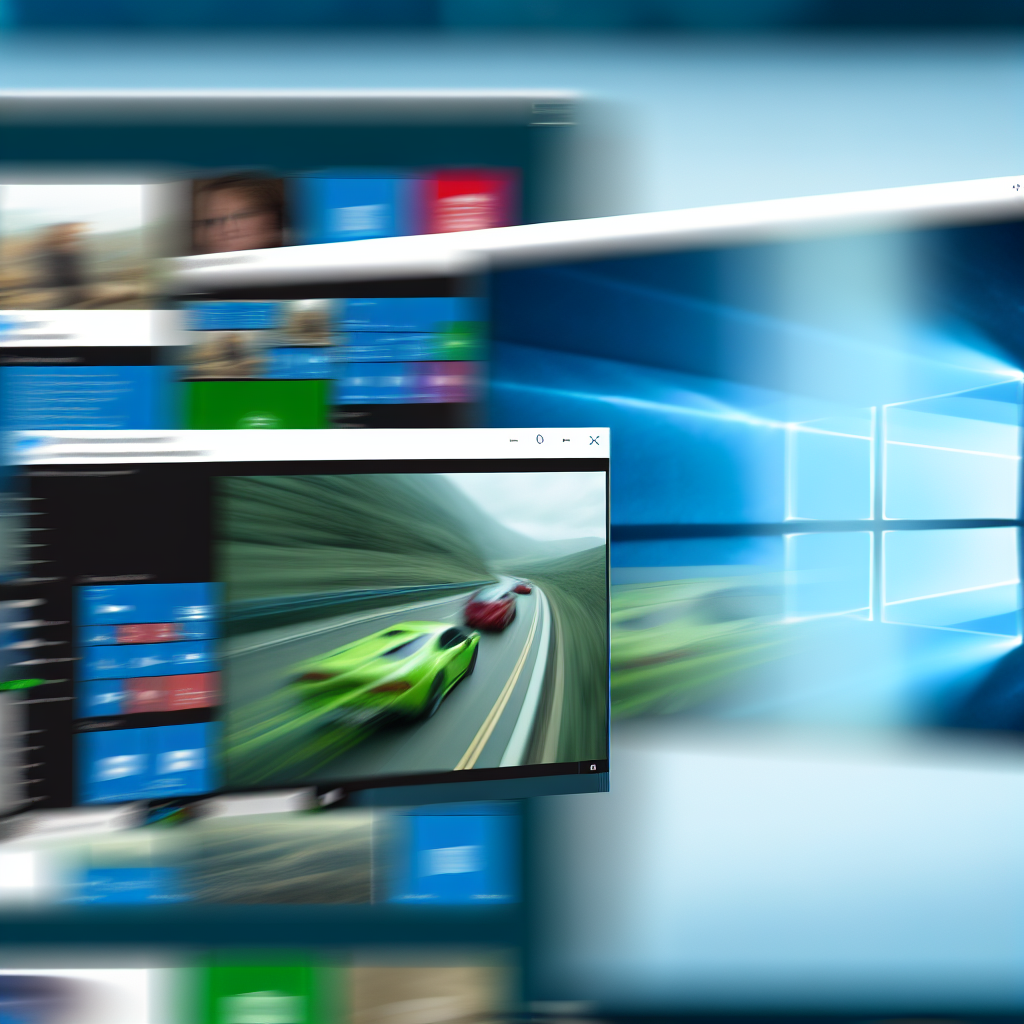If your Windows 10 PC or laptop is running slow, it can hinder productivity and cause frustration. Fortunately, there are several effective ways to boost its performance without the need for costly upgrades. In this article, we will explore practical steps to speed up your Windows 10 device, helping it run smoother and faster.
Optimize Startup Programs and Services for Faster Boot Times
One of the main reasons a Windows 10 PC may feel sluggish is due to numerous programs launching during startup. These unnecessary programs consume system resources, slow down boot times, and affect overall performance. To address this, you should manage and disable non-essential startup items.
- Press Ctrl + Shift + Esc to open Task Manager.
- Navigate to the Startup tab.
- Review the list of applications and identify those that are not critical for everyday use.
- Right-click on unwanted programs and select Disable.
Additionally, check the services running in the background:
- Press Windows + R, type msconfig, and press Enter.
- In the Services tab, check the box for Hide all Microsoft services to avoid disabling essential Windows components.
- Disable services that are unnecessary for your daily tasks.
Disabling unneeded startup programs and services reduces system load, resulting in quicker startup times and improved responsiveness thereafter.
Perform Regular Maintenance and System Optimization
Beyond managing startup items, routine maintenance can significantly affect your PC’s speed. This includes disk cleanup, defragmentation, updating drivers, and adjusting visual effects to enhance performance.
- Disk Cleanup: Use the built-in tool by typing Disk Cleanup in the Windows search bar. Select the system drive, then check and delete temporary files, system cache, and unnecessary data.
- Defragmentation: For traditional HDDs, type Defragment and Optimize Drives in the search bar. Select your drive and click Optimize. Note: SSDs do not require defragmentation.
- Update Drivers & Windows: Keep your system up-to-date through Windows Update and ensure graphics, chipset, and storage drivers are current through the manufacturer’s website or Device Manager.
- Adjust Visual Effects: Navigate to System Properties > Advanced > Performance Settings and select Adjust for best performance. This disables graphical effects that consume resources, allowing more CPU and RAM to focus on essential tasks.
Implementing these maintenance tasks regularly ensures your Windows 10 system remains optimized for maximum speed and stability, preventing slowdown issues before they occur.
In conclusion, speeding up a slow Windows 10 PC involves managing startup programs, performing system maintenance, and optimizing various settings. These steps, when combined, can significantly improve your device’s responsiveness and overall performance. Regular upkeep and mindful configuration are key to maintaining a swift and efficient Windows environment, ensuring a smoother user experience over time.
